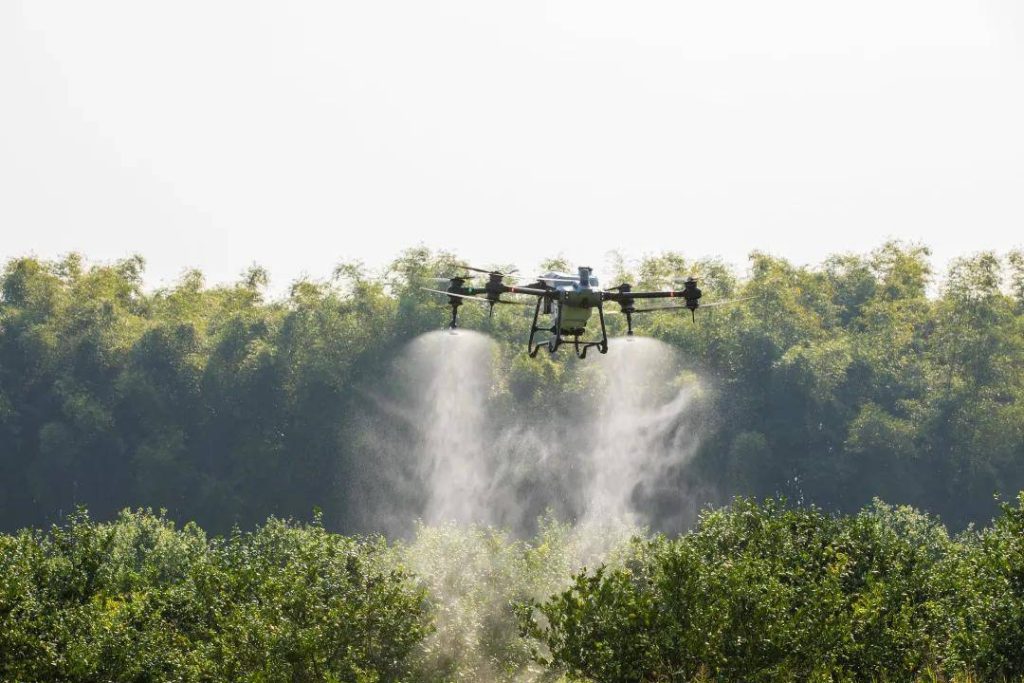Although significant progress has been made in the construction of smart agriculture in China, gradually entering a stage of rapid development and integrated innovation, the development of smart agriculture is prone to algorithmic “obstacles” and “bottlenecks” due to insufficient effective supply of algorithm innovation and insufficient technological adaptability.
The algorithm technology is not excellent. According to the national evaluation report on the level of agricultural and rural informatization development in counties, the level of agricultural production informatization in China is only 22.5%, mainly relying on information technology that is relatively easy to promote. However, the research and development of more core algorithm technology applications are insufficient or even lagging behind. For example, the Internet of Things algorithm that monitors soil, climate, plant growth and other data to help farmers make crop management decisions in a timely manner, the Big data algorithm that analyzes weather, soil, market and other data to provide farmers with decision recommendations such as planting varieties, sowing time, price prediction, etc., the artificial intelligence algorithm that analyzes crop growth status, environmental factors and other data, and alerts and intervenes on possible pests, diseases, and growth problems, The blockchain algorithm for achieving traceability and quality tracking of agricultural products has led to insufficient technological core for smart agricultural innovation.
The algorithm adaptability is insufficient. In recent years, China has made significant progress in supporting models and algorithms for agricultural intelligent decision-making control. However, due to the weak overall foundation of sensor technology, low sensor accuracy, and weak stability, most of the core component supply currently relies mainly on imports, resulting in problems with the compatibility and applicability of algorithms and software developed in China. For example, in northern regions where field planting conditions are similar to those of foreign countries, sensor technology is stable and algorithms can correctly analyze measured data for accurate prediction; However, in the southern region, algorithms may fail to recognize a large amount of distorted data provided by sensors, resulting in misjudgment of agricultural production and sales recommendations.
Insufficient data support for the algorithm. At present, it is difficult to effectively integrate industry data, social data and enterprise data, resulting in insufficient in-depth mining, analysis and utilization of agricultural Big data, and the core functions of agricultural production prediction, early warning and resource allocation are far from being played. In addition, the application of agricultural data collection and monitoring terminals such as agricultural meteorology, soil moisture, and cultivated land quality is limited, resulting in the optimization of intelligent agriculture algorithms being more innovative at the mathematical and physical levels, with low efficiency in utilizing real-world data and insufficient analytical fitting.







Please sign in to comment
register